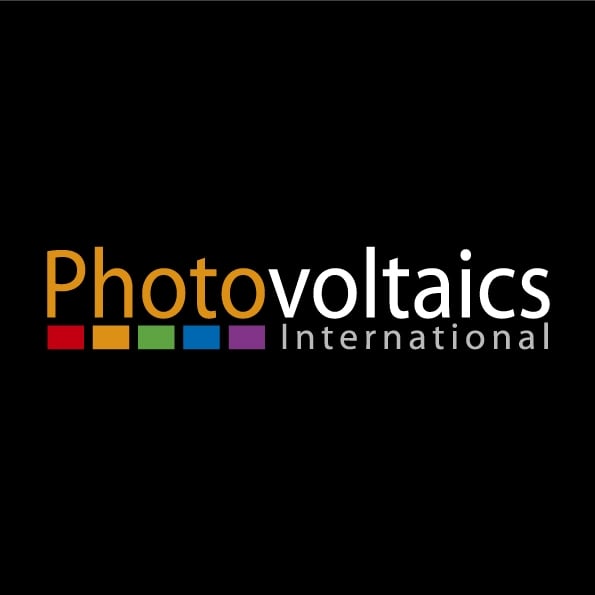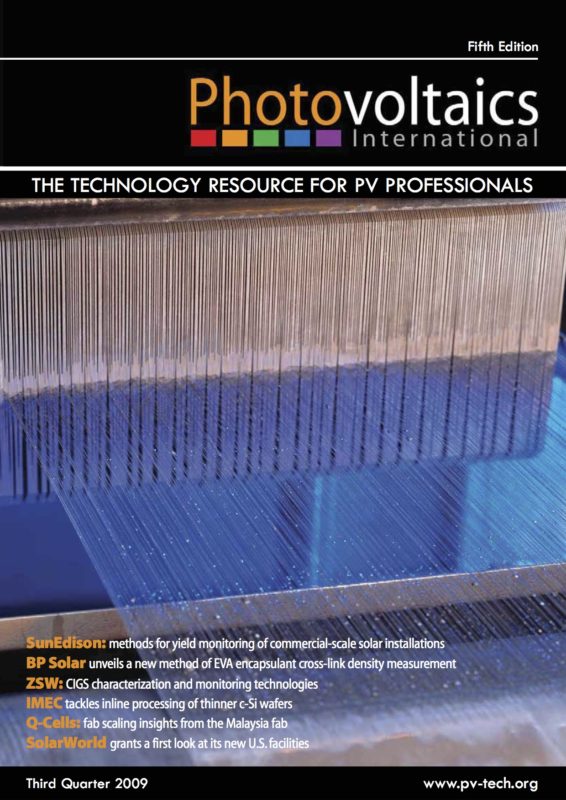By Theresa M. Friedlmeier, SEM, Zentrum für Sonnenenergie- und Wasserstoff-Forschung Baden-Württemberg (ZSW); Wolfram Witte, Zentrum für Sonnenenergie- und Wasserstoff-Forschung Baden-Württemberg (ZSW); Wolfram Hempel, Zentrum für Sonnenenergie- und Wasserstoff-Forschung Baden-Württemberg (ZSW); Richard Menner, Zentrum für Sonnenenergie- und Wasserstoff-Forschung Baden-Württemberg (ZSW)
Among the various thin-film solar module options available, CIGS is especially interesting as it exhibits the highest efficiency potential. These chalcopyrite-based solar cells are manufactured on glass or flexible substrates using various thin-film coating methods for each layer. The central CIGS absorber layer is deposited by co-evaporation, selenization of elemental layers, and other methods. In order to achieve highest quality and reproducibility, the absorber properties must be properly monitored and characterized. In this contribution we shed some light on the most important analysis methods used for CIGS solar cell research, development, and production such as x-ray fluorescence, surface analysis, and Raman spectroscopy.


